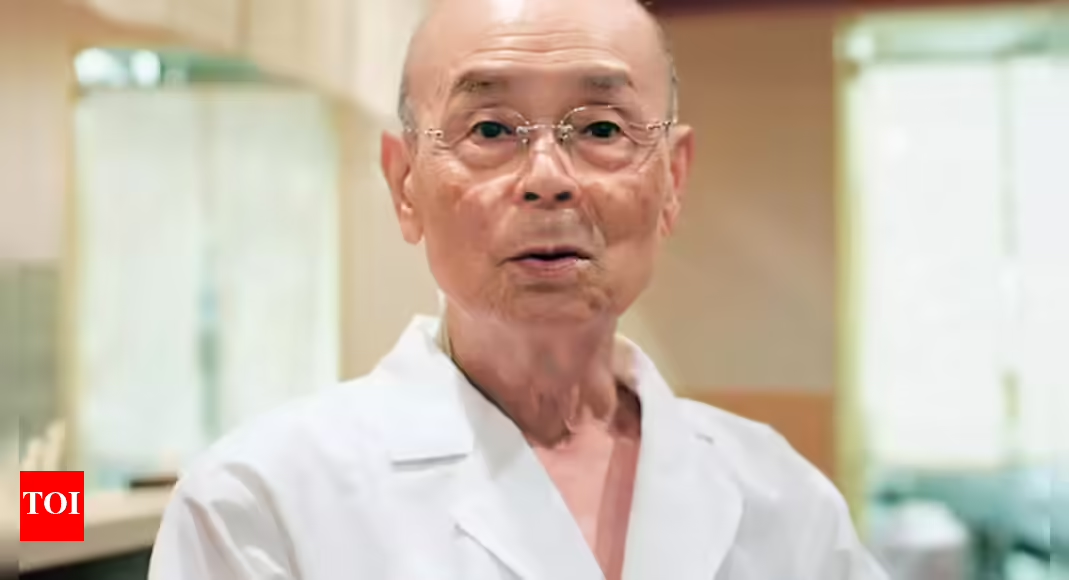Schoolies warned about potentially fatal illness that can be mistaken for flu, hangover

Parents and teenagers are being urged to be aware of the symptoms of meningococcal disease as tens of thousands of students prepare for schoolies.
The number of meningococcal cases recorded in Australia this year has reached 102.
Teenagers aged between 15 and 19 are among the highest-risk groups for contracting the infection.
Schoolies are being urged to be aware of the symptoms of meningococcal disease. (Supplied)
They are also most likely to carry and spread the bacteria.
In rare cases, the bacteria can cause serious illness which can progress rapidly and sometimes can become fatal within 24 to 48 hours.
Health authorities are warning schoolies presents a high-transmission environment for the bacteria, which can be spread through close contact.
Gold Coast University Hospital infectious disease specialist Dr Peter Simos said people should seek urgent medical attention at the earliest sign of infection.
“Meningococcal disease can progress rapidly, and every second without treatment risks irreversible damage,” Simos said.
“The concern during schoolies is that teens may dismiss early flu-like symptoms.
The warning comes as annual meningococcal cases surpass 100 nationally. (Nine)
“I encourage anyone feeling unwell, even if in doubt, to seek medical help. Don’t leave it too late.”
An Australian study of more than 24,000 students shows cigarette smoking nearly doubles the likelihood of carrying the bacteria, while attending pubs or clubs and kissing also increases the chances of spreading the disease.
Early signs of meningococcal disease include vomiting, sensitivity to light, headache, confusion, drowsiness and loss of appetite.
A rash is one of the most recognised symptoms but this can often appears late or not at all.
These symptoms have the potential to be mistaken for a common illness or even a hangover, which could result in people delaying urgent care.
Up to 10 per cent of cases prove fatal across all age groups, while one-in-five survivors are left with life-changing disabilities such as limb loss or brain injury.




